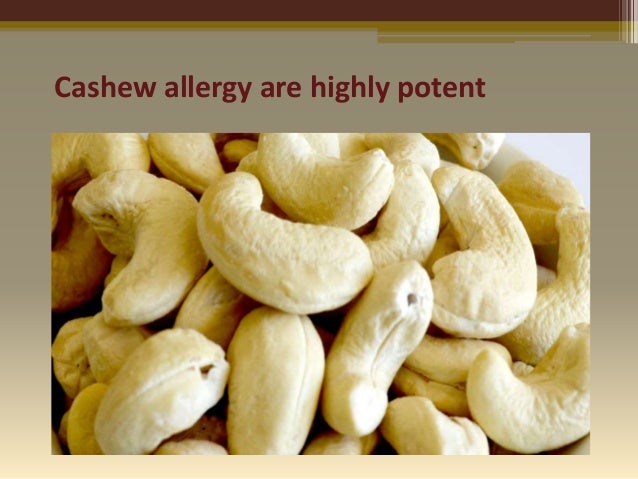

However, trials on treatment options for various tree nuts are still lacking. While in current management guidelines for food allergy strict avoidance plays the key role to protect the patient from allergic reactions, oral immunotherapy with a controlled specific exposure with food allergens has been studied as a potential effective treatment strategy especially for peanut allergy and is today an approved treatment by the FDA and EMA. In recent years, in the fields of primary and secondary prevention as well as in the field of treatment of food allergy, there has been a shift away from the concept of avoidance of food allergens towards food allergen exposure. Hence, effective strategies to prevent persistent food allergy other than the current management recommendation of strict avoidance would be of major importance. The permanent vigilance and the fear of experiencing allergic reactions of unpredictable severity have a major impact not only on the food choice but also on quality of life of these patients, as well as their caregivers. However, a strict elimination diet needs a high level of nutritional education and is difficult to maintain due to the ubiquitous use of various food allergens in the food industry. Independent of their eliciting dose, patients with food allergy are currently advised to maintain a strict elimination diet and to carry self-injectable epinephrine at all times in order to use it in case of an accidental reaction. Peanut and tree nuts can lead to severe, life-threating reactions in patients and are the major elicitors of food-induced anaphylaxis in children and adults. Only about 20% of peanut and about 10% of tree nut-allergic patients develop oral tolerance later in life. While most of the patients with cow’s milk and hens’ egg allergy gain oral tolerance against these allergens within the first years of life, peanut and tree nut allergy usually persist into adulthood. Peanuts and tree nuts (hazelnuts, walnuts, cashews, almonds, pecan, pistachio, Brazil nuts, and macadamia nuts) are among the most frequent elicitors of food allergic reactions. įood allergy affects up to 8% of children and 5% of adults in industrialized countries. German Clinical Trials Register ID: DRKS00016764 (RCT), DRKS00020467 (cohort study).
CASHEW ALLERGY FOODS TO AVOID TRIAL
This clinical trial will help to determine the impact of allergen consumption versus avoidance on natural tolerance development and whether the current dietary advice for PN or TN allergic patients with higher threshold levels is still valid. The primary endpoint is the maintenance of clinical tolerance to PN and/or TN after 1 year assessed by challenging with the former tolerated cumulative dose. In the cohort study, 120 subjects sensitized to PN and/or TN but tolerant are advised to regularly consume the food and observed for 1 year. The primary endpoint is the clinical tolerance to PN or TN after 1 year assessed by OFC. The consumption group will start with 1/100 of their individual threshold, increasing the protein amount to 1/50 and 1/10 after 4 and 8 months, respectively. In the RCT, 120 PN or TN allergic patients who tolerate ≥100 mg of food protein will be randomized (1:1 ratio) to consumption of products with low amounts of PN or TN on a regular basis or strict avoidance for 1 year. Children and adults (age 1–67 years) with suspected or known primary PN and/or TN allergy will undergo an oral food challenge (OFC) to determine their clinical reactivity and individual threshold. The TINA trial consisting of (part I) a randomized, controlled, open, parallel group, single-center, superiority trial (RCT), and (part II) a prospective observational exploratory cohort study. The aim of this trial is to investigate (I) whether the consumption of low allergen amounts below the individual threshold may support natural tolerance development and (II) to what extent regular allergen consumption in sensitized but tolerant subjects prevents the (re-)development of PN or TN allergy.

The current advice for allergic patients is to strictly avoid the offending food independently of their individual threshold level, whereas sensitized patients without allergic symptoms should frequently consume the food to avoid (re-)development of food allergy. Peanuts (PN) and tree nuts (TN) are among the most frequent elicitors of food allergy and can lead to life-threatening reactions.


 0 kommentar(er)
0 kommentar(er)
